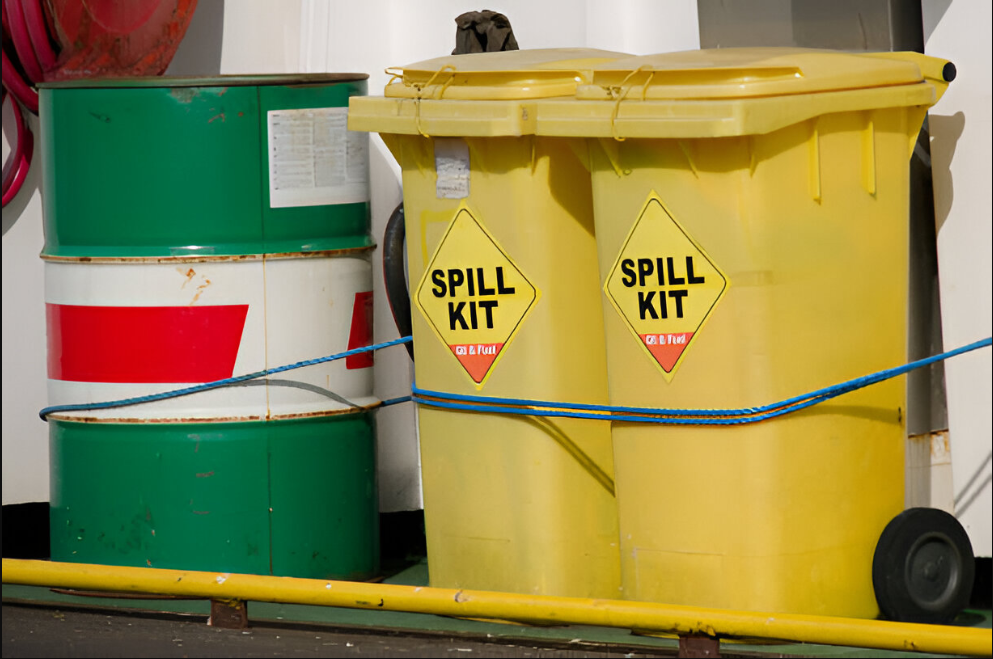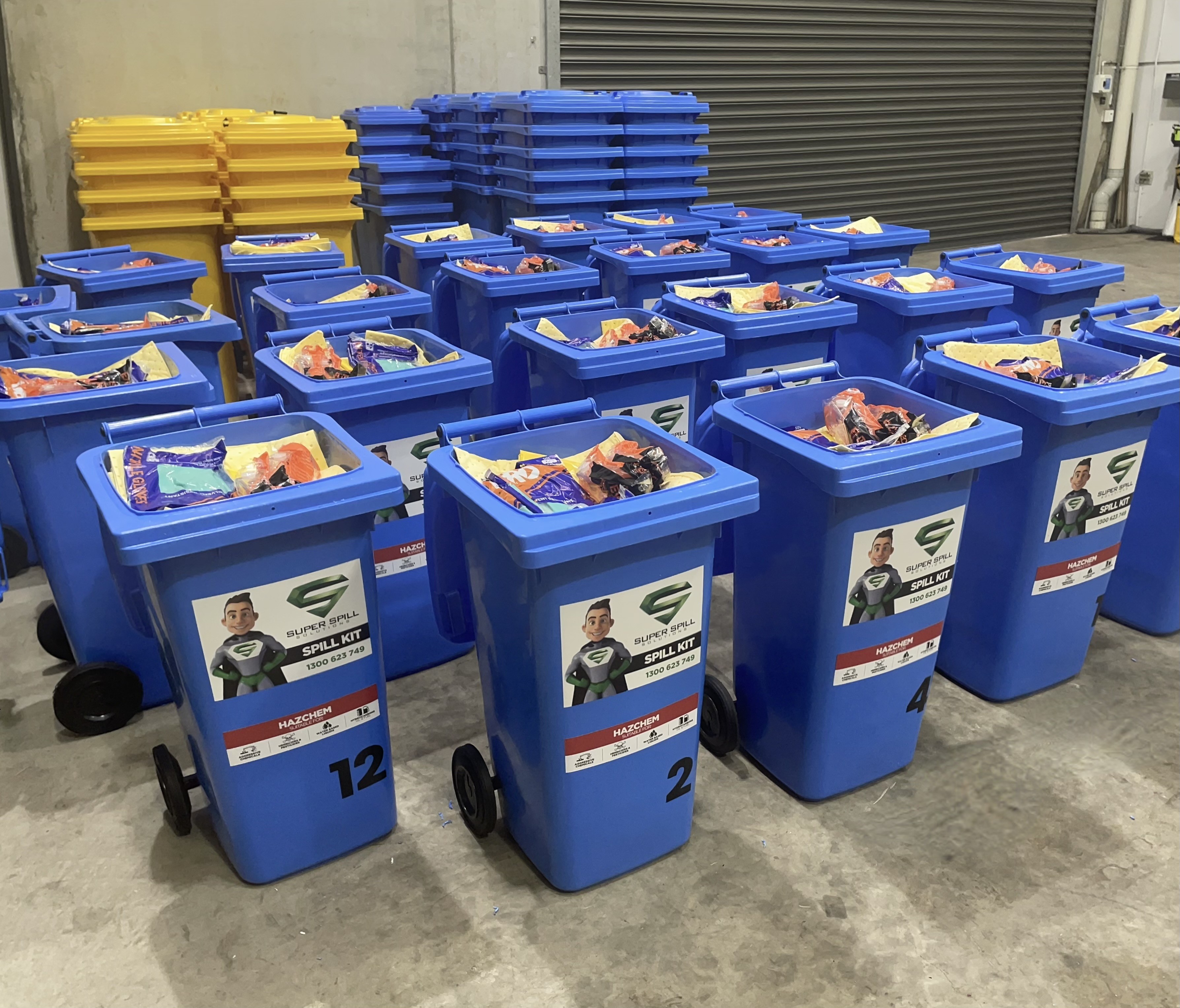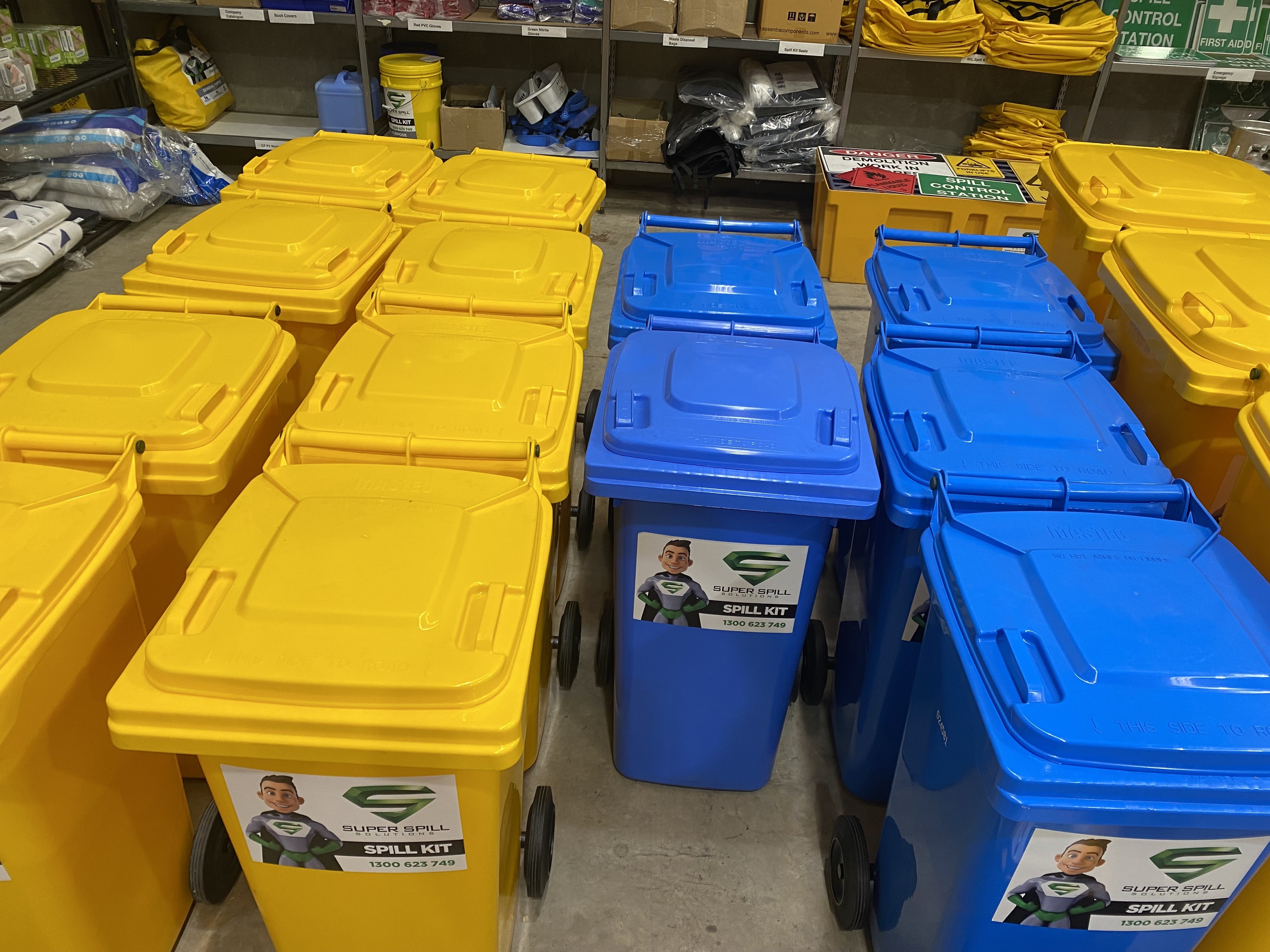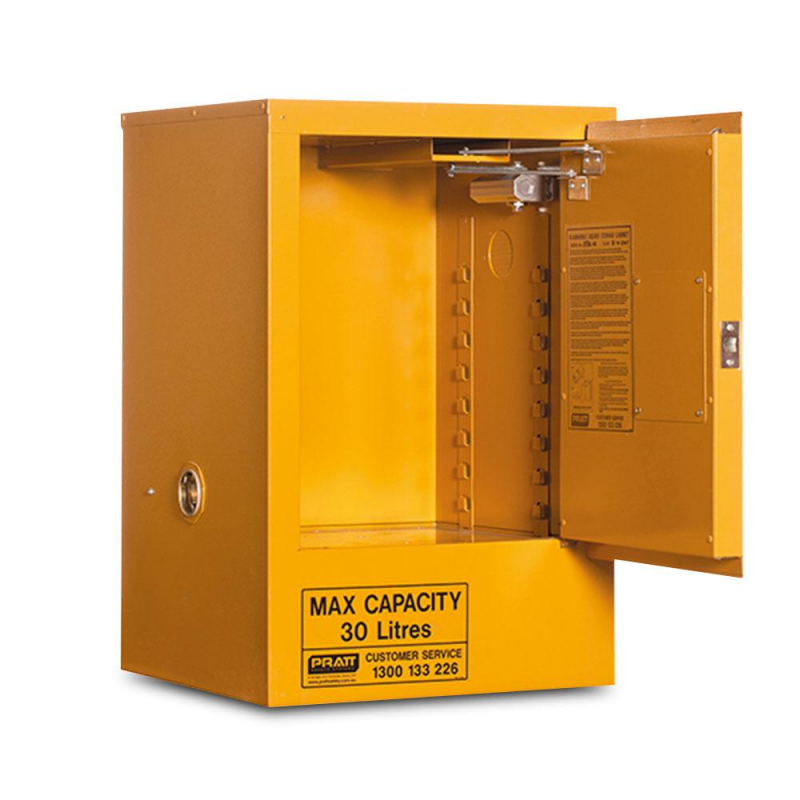An effective oil spill kit is essential for managing spills and preventing environmental damage. Key components...

How Bollards Protect Against Vehicle Impact
In an age where security concerns are important, safeguarding public spaces, critical infrastructure, and high-traffic areas from potential threats has never been more crucial. One effective and versatile solution that has gained prominence in recent years is the use of bollards for protection against vehicle impact.
The Rise of Vehicle-Related Threats
Recent history has shown that vehicles can be used as weapons, posing a significant security risk. Incidents involving vehicle-ramming attacks at public events, government buildings, and other crowded locations have underscored the need for proactive measures to prevent such threats.
Bollards: A Reliable Defence
Bollards are sturdy, vertical posts typically made of materials like steel, concrete, or other robust materials. While they may seem unassuming, these unyielding structures are formidable when it comes to protecting against vehicle impact.
Here's how:
Physical Barriers:
Bollards are strategically placed to create physical barriers that deter or prevent vehicles from gaining access to restricted areas. They serve as a formidable roadblock, stopping vehicles in their tracks.Various Types for Different Needs:
There is a diverse range of bollard types designed to cater to specific security needs. Security bollards, also known as anti-ram bollards, are constructed to withstand high-impact forces. They are engineered to protect critical infrastructure, government buildings, and crowded public spaces from potential threats.Different Installation Methods:
Bollards can be permanently fixed in place or designed for temporary or removable installation. This flexibility ensures that they can be deployed where and when needed, making them a versatile solution.Controlled Access Points:
Bollards are often strategically positioned at entry points, such as building entrances, pedestrian zones, or secure perimeters. They allow controlled access for authorised vehicles while preventing unauthorised ones from entering.
Applications of Vehicle Impact Protection Bollards
Bollards for vehicle impact protection find applications in a wide range of settings:
Government Buildings: Government facilities, including federal and state offices, are often equipped with security bollards to guard against potential threats and ensure the safety of government personnel and visitors.
Critical Infrastructure: Bollards are commonly deployed around critical infrastructure, such as power substations, water treatment plants, and communication hubs, to prevent unauthorised access and protect these vital assets.
Urban Areas: In bustling urban environments, bollards are used to safeguard pedestrians in crowded public spaces, plazas, and pedestrian zones, reducing the risk of vehicle-ramming attacks.
Airports and Transportation Hubs: Airports and transportation hubs use bollards to protect terminals, baggage claim areas, and passenger drop-off points, enhancing overall security.
Commercial Spaces: Shopping malls, stadiums, and event venues utilise bollards to create secure perimeters and safeguard patrons during large gatherings and events.
Historic Sites: Bollards, especially decorative ones, are employed to protect historical landmarks and heritage sites without compromising their aesthetic value.
In an era where security threats can emerge unexpectedly, bollards have proven to be a proactive and highly effective security measure. Their ability to withstand vehicle impact and create controlled access points makes them an indispensable part of modern security infrastructure. As cities and organisations continue to prioritise the safety of their citizens and assets, bollards will continue to play a pivotal role in fortifying our public spaces and critical facilities against vehicular threats.

















Leave a comment